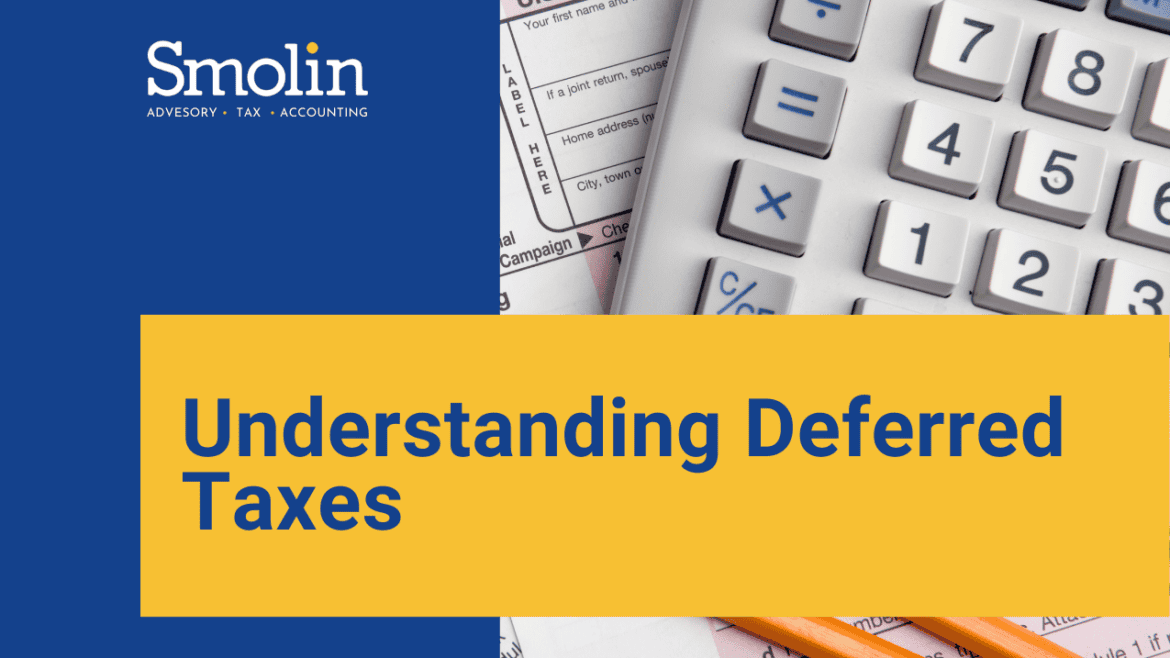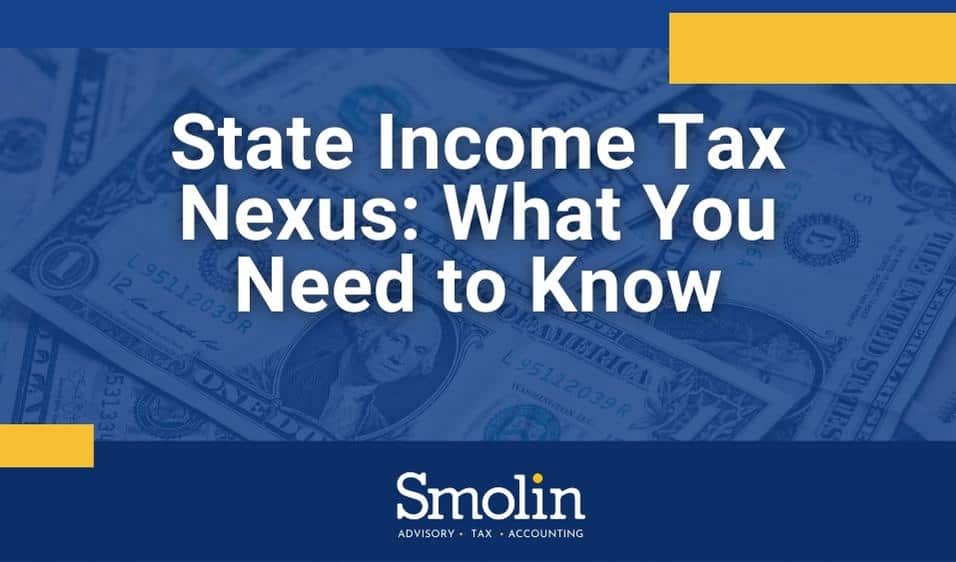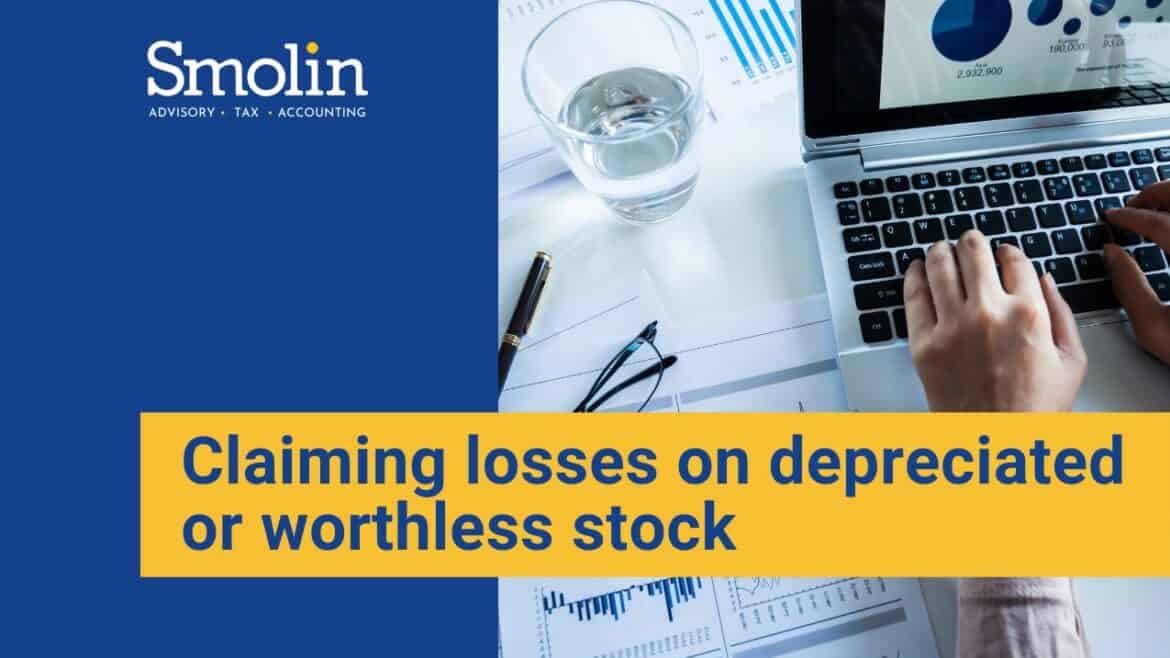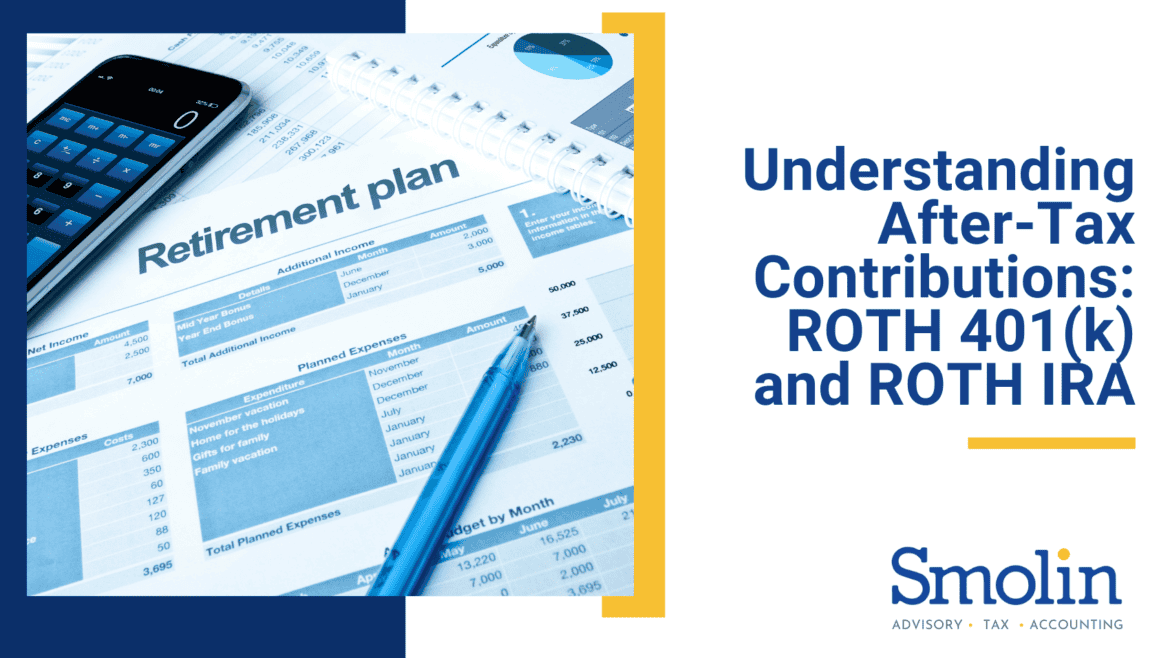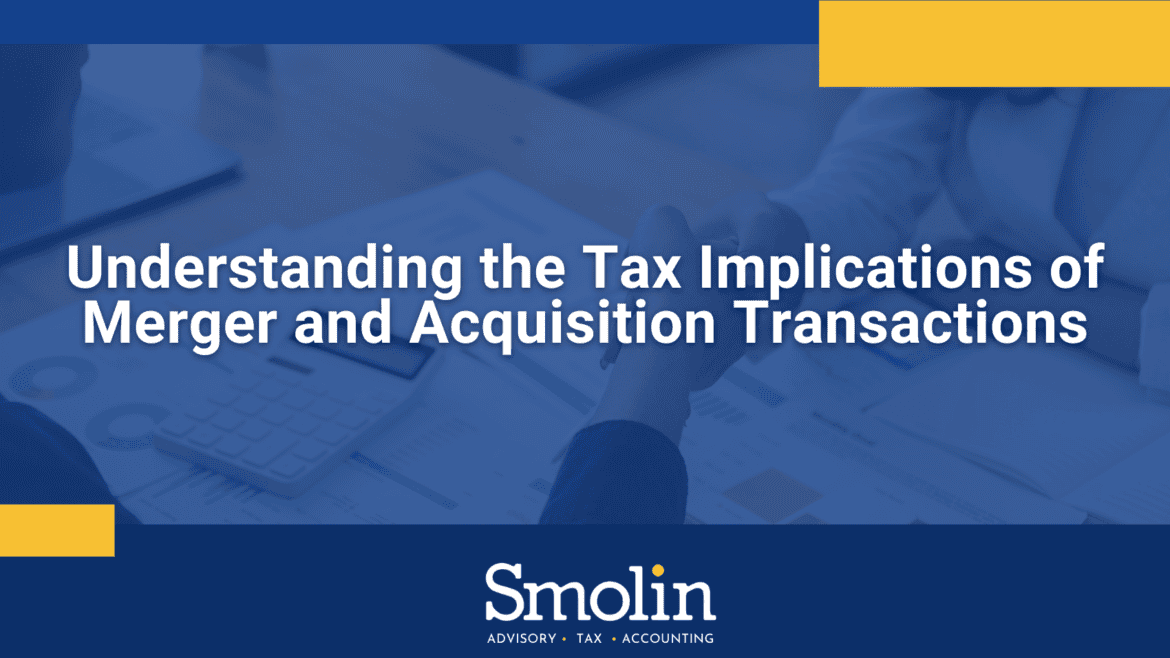Creating flexibility within your estate plan using different strategies is worth considering when planning for the future. Because life circumstances can change over time (especially those involving tax laws and family situations), it’s important to use techniques to provide greater flexibility for your trustees. One such method is decanting a trust.
What is decanting?
Decanting usually refers to pouring wine or another liquid from one container into another. In estate planning terms, it means “pouring” assets from one trust into another with modified terms.
The idea behind decanting is that if a trustee has discretionary power to distribute trust assets among that trust’s beneficiaries, they also have the ability to distribute those assets into another trust.
Depending on the language of the trust and the provisions of applicable state law, decanting may enable the trustee to:
- Change the number of trustees or alter their powers
- Add or enhance spendthrift language to protect the trust assets from creditors’ claims
- Move funds to a special needs trust for a disabled beneficiary
- Correct errors or clarify trust language
- Move the trust to a state with more favorable tax or asset protection laws
- Take advantage of new tax laws
- Remove beneficiaries
In contrast to assets transferred at death, assets transferred to a trust to receive a stepped-up basis, so they can subject beneficiaries to capital gains tax on any appreciation in value. A potential solution to this problem is decanting.
Decanting can authorize a trustee to confer a general power of appointment over the assets to the trust’s grantor, causing the assets to be included in the grantor’s estate, and therefore, eligible for a stepped-up basis.
Stay compliant with your state’s laws
Many states have decanting statutes, and in some states, decanting is authorized by common law. No matter the situation, it’s essential to understand your state’s requirements. For example, in certain states, the trustee is required to notify the beneficiaries or even obtain their consent to decant a trust. Even if decanting is permitted, there may be limitations on its uses.
Some states, for example, bar the use of decanting to remove beneficiaries or add a power of appointment, and most states won’t allow the addition of a new beneficiary. If your state doesn’t allow decanting, or if its decanting laws don’t allow you to achieve your goals, it may be possible to move the trust to a state whose laws are more aligned with your needs.
Be aware of tax implications
One of the risks associated with decanting is uncertainty over its tax implications.
For example, a beneficiary’s interest is reduced. Have they made a taxable gift? Does it depend on whether the beneficiary has consented to decanting? If the trust language allows decanting, is the trust required to be treated as a grantor trust? Does such language jeopardize the trust’s eligibility for marital deduction? Does the distribution of assets from one trust to another trigger capital gains or other income tax consequences to the trust or its beneficiaries?
Create more flexibility in your trust with Smolin
If you want to create more flexibility with an irrevocable trust or have any questions about the tax implications of your situation, contact us for more information.

